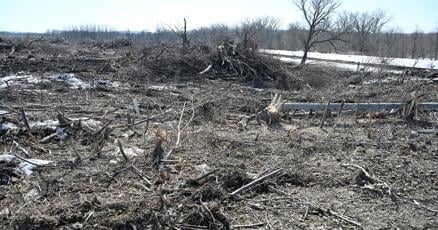Green Revival: Toxic Site Transformation Begins on Leland Avenue

A transformative environmental restoration project is now underway at the former Utica City Dump, marking a significant milestone in the city's commitment to environmental cleanup. Under the careful guidance of the New York State Department of Environmental Conservation, contractors have initiated preliminary clearing work at the Leland Avenue site.
The city-owned property is currently preparing for an extensive environmental remediation effort scheduled to commence in the fall of 2026. This comprehensive cleanup initiative represents a crucial step towards reclaiming and revitalizing a previously neglected urban space, promising to improve local environmental conditions and potentially create new opportunities for community development.
Residents can expect ongoing work at the site as preparatory activities continue, with the full-scale cleanup project set to begin in the coming years. The project underscores Utica's dedication to responsible environmental stewardship and sustainable urban management.
